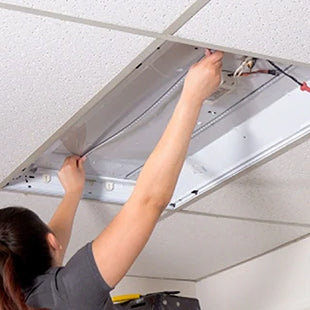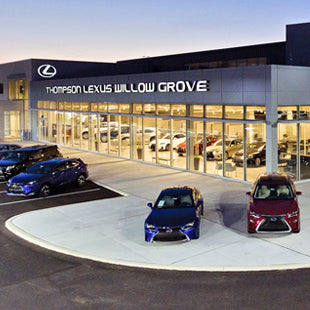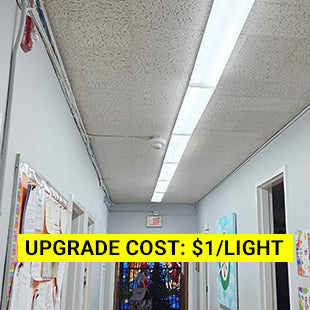LED Flood Lights vs. Metal Halide Lights: Which is Better Outdoor Lighting for Your Business?
Outdoor lighting plays a crucial role in enhancing the security, visibility, and aesthetics of businesses and commercial properties. Two popular choices for outdoor lighting are LED flood lights and metal halide lights. In this blog, we will compare these two lighting technologies, focusing on their energy efficiency and performance, to help businesses make an informed decision about which lighting option is better suited for their outdoor lighting needs.
Energy Efficiency
One of the most significant factors to consider when choosing outdoor lighting for businesses is energy efficiency. Let's take a closer look at how LED flood lights and metal halide lights stack up in this regard:
LED Flood Lights:
- Low Energy Consumption: LED flood lights are known for their exceptional energy efficiency. They use significantly less electricity compared to metal halide lights while delivering the same or even better illumination.
- Instant Start: LEDs turn on instantly without warm-up time, which means you get full brightness immediately. This can be crucial for businesses that require immediate illumination upon activation.
- Minimal Heat Emission: LED flood lights produce very little heat, which reduces the strain on cooling systems during hot weather, leading to additional energy savings.
- Long Lifespan: LED lights have a longer lifespan, typically exceeding 50,000 hours of operation. This means fewer replacements and maintenance costs, further contributing to energy efficiency.
Metal Halide Lights:
- Higher Energy Consumption: Metal halide lights are notorious for their energy inefficiency. They consume more electricity compared to LED lights of similar brightness levels.
- Warm-Up Time: Metal halides require a warm-up period before reaching their full brightness. This not only wastes energy but can also be inconvenient in applications where immediate illumination is necessary.
- Heat Generation: Metal halide bulbs produce a significant amount of heat, which can lead to higher cooling costs in warm climates.
- Shorter Lifespan: Metal halide bulbs have a shorter lifespan, typically around 10,000 to 20,000 hours, leading to more frequent replacements and higher maintenance costs.
Performance
Now, let's assess the performance aspects of LED flood lights and metal halide lights for outdoor business lighting:
LED Flood Lights:
- Brightness and Color Quality: LED flood lights offer excellent brightness and color rendering, allowing for better visibility and security. They come in various color temperatures to suit different outdoor environments.
- Directional Lighting: LEDs emit light in a specific direction, reducing light pollution and allowing for more precise illumination of target areas.
- Dimmability: Many LED flood lights are dimmable, giving businesses greater control over their outdoor lighting and potentially saving even more energy when full brightness isn't needed.
Metal Halide Lights:
- Brightness and Color Quality: While metal halides can provide bright illumination, their color rendering may not be as accurate as LEDs, resulting in less vibrant outdoor spaces.
- Omnidirectional Lighting: Metal halide lights emit light in all directions, leading to more light spillage and potential light pollution issues.
- Limited Dimming Options: Dimming metal halide lights can be challenging and less efficient compared to LED counterparts.
Improve Your Commercial Outdoor Lighting
In the LED vs. metal halide lights debate for business exterior lighting, outdoor LED flood lights clearly emerge as the superior choice in terms of energy efficiency and performance. They consume less energy, provide instant illumination, have a longer lifespan, and offer better color quality and directional lighting. While there is an initial investment in LED technology, it can lead to substantial long-term savings and improved overall outdoor lighting aesthetics.





